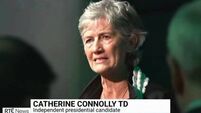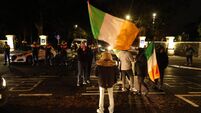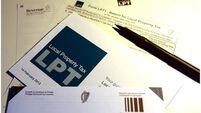Perceptions, lies, and controversies in race to White House

MANY people around the world are probably wondering why Hillary Clinton — who is obviously more prepared and better suited for the American presidency than her opponent, Donald Trump — isn’t waltzing to victory. Many Americans share the world’s bewilderment.
Opinion polls may well continue to fluctuate until the election on November 8, but Trump has been closing in on Clinton in recent weeks, even threatening to catch up with her in the electoral college vote, where the Democrats’ control of some of the most populous states (New York and California) give Clinton an advantage. Why is this happening?













